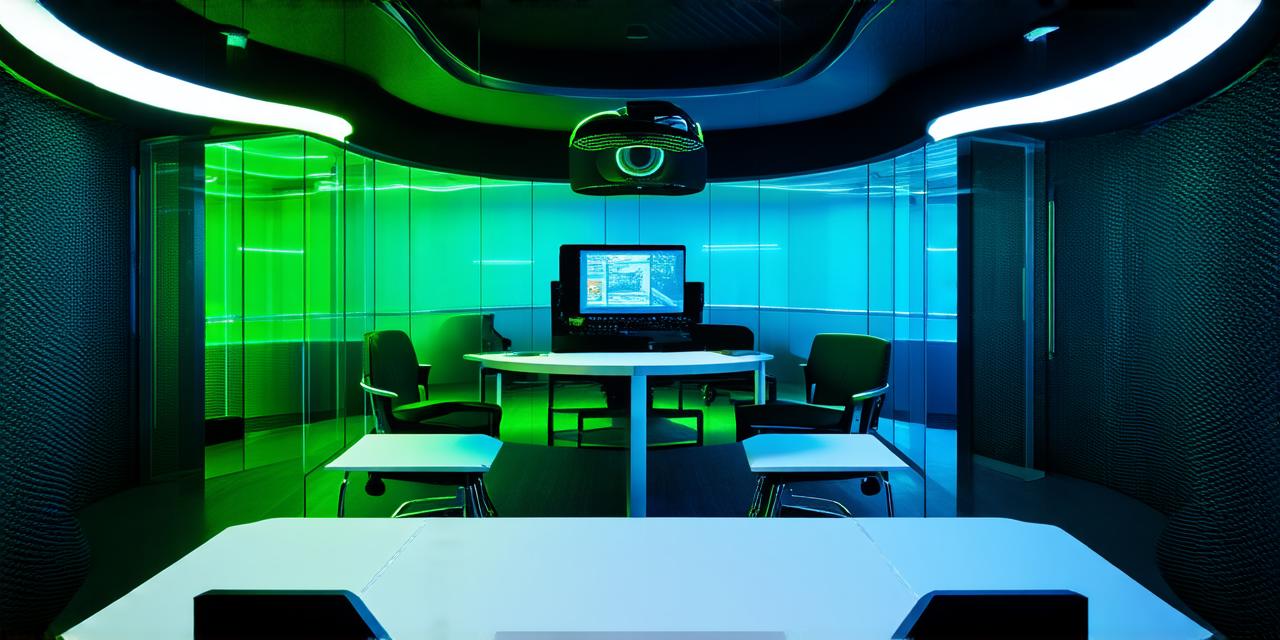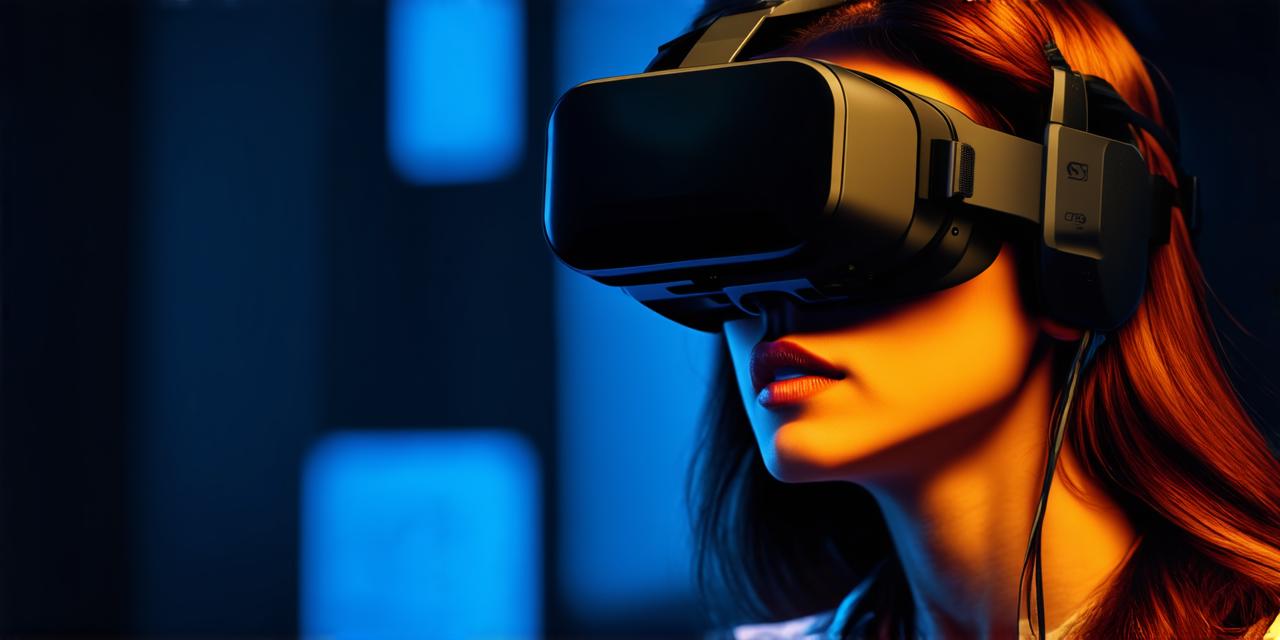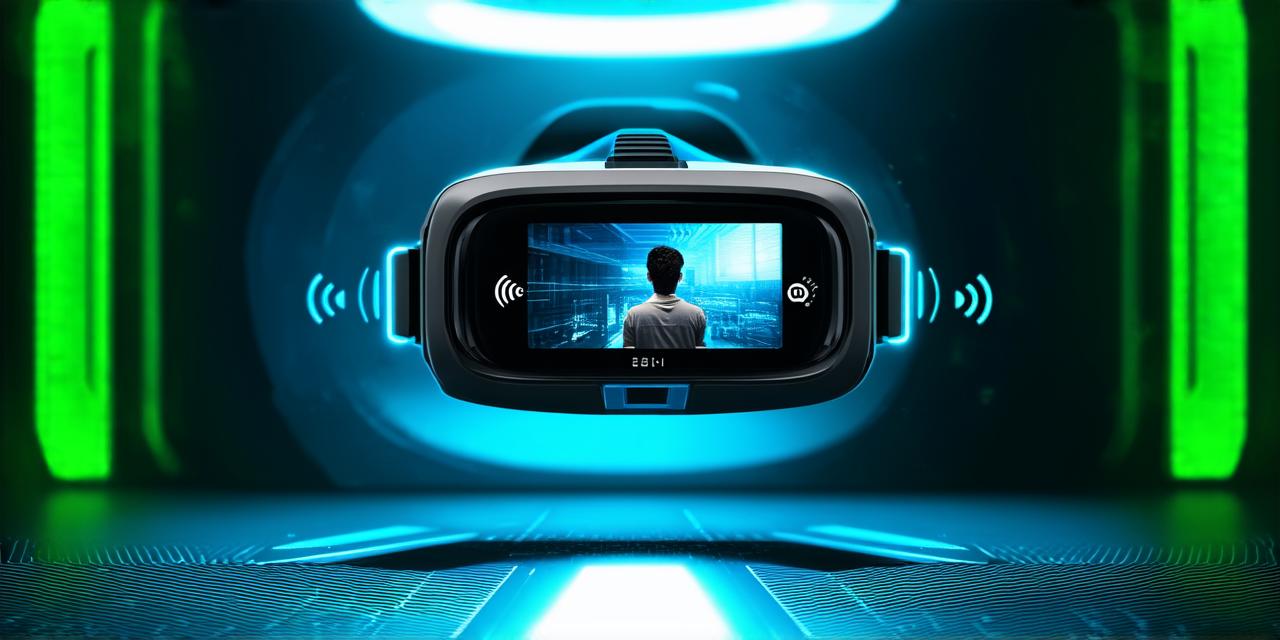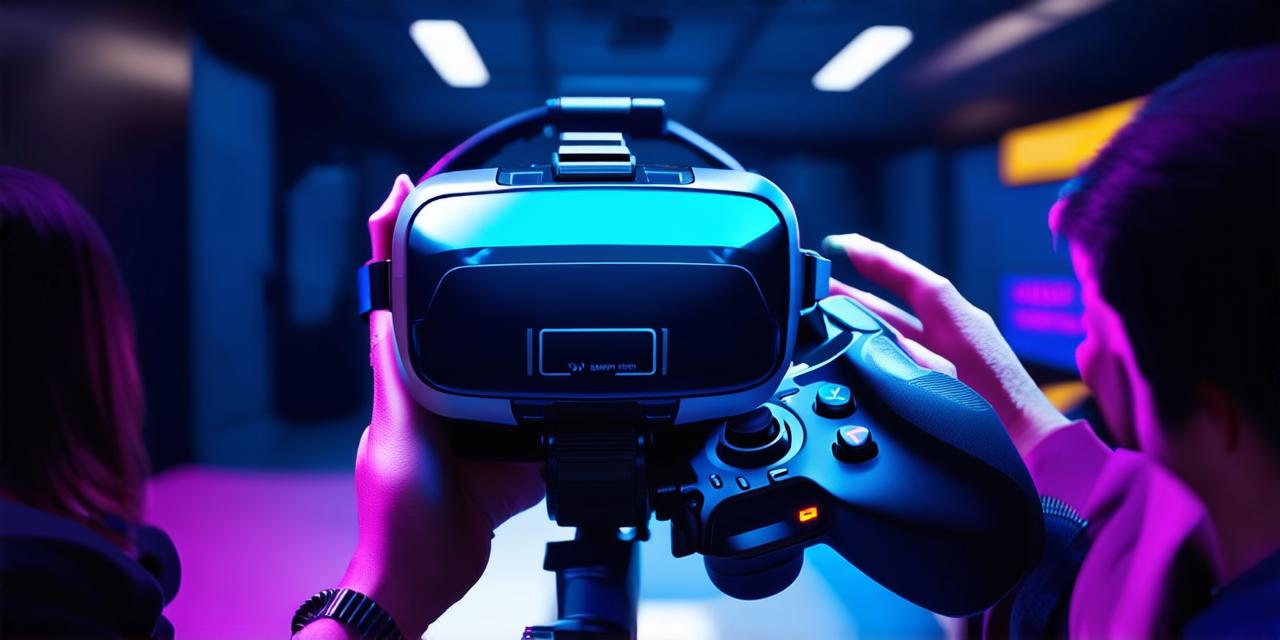Virtual reality (VR) is a technology that allows users to experience and interact with simulated environments as if they were real. It’s an exciting field that has the potential to revolutionize the way we learn, work, and play.
What Virtual Reality Is
Virtual reality is a computer-generated simulation that creates an immersive experience for the user. It uses sensors such as accelerometers, gyroscopes, and depth cameras to track the movement of the user’s body and head, allowing them to move and interact within the virtual environment. VR can be used in a variety of fields, including education, entertainment, and healthcare.
How Virtual Reality Works
Virtual reality works by creating an illusion of depth and perspective that fools the brain into thinking it is experiencing a real-world environment. The brain receives sensory input from sensors such as headsets, gloves, and other devices that track the user’s movement and position in space. This information is then processed by the brain, which creates the illusion of being in a different environment.
Virtual Reality vs Augmented Reality
While virtual reality and augmented reality (AR) are often used interchangeably, they are two distinct technologies. AR enhances the user’s real-world experience by overlaying digital information onto the physical world, while VR creates a completely artificial environment that the user cannot interact with in the real world.
Virtual Reality and Learning
Virtual reality has the potential to revolutionize the way we learn. It can create immersive experiences that allow users to explore complex concepts in a safe and controlled environment. For example, medical students can use VR simulations to practice surgical procedures, while history students can experience ancient civilizations as if they were there.
Virtual Reality and Entertainment
Virtual reality is also used in entertainment, where it allows users to experience immersive games and movies. This technology has the potential to create a more engaging and interactive form of entertainment, allowing users to feel like they are truly part of the action.
Virtual Reality and Therapy
Virtual reality therapy is becoming increasingly popular as a way to treat mental health disorders such as anxiety, depression, and post-traumatic stress disorder (PTSD). By exposing patients to simulated environments that trigger their condition, therapists can help them develop coping mechanisms and overcome their fears.
FAQs
* What is virtual reality?
Virtual reality is a technology that allows users to experience and interact with simulated environments as if they were real.
* How does virtual reality work?
Virtual reality works by creating an illusion of depth and perspective that fools the brain into thinking it is experiencing a real-world environment.
* What is the difference between virtual reality and augmented reality?

Virtual reality creates a completely artificial environment that the user cannot interact with in the real world, while augmented reality enhances the user’s real-world experience by overlaying digital information onto the physical world.
* How can virtual reality be used in learning?
Virtual reality has the potential to revolutionize the way we learn by creating immersive experiences that allow users to explore complex concepts in a safe and controlled environment.
* How can virtual reality be used in entertainment?
Virtual reality is also used in entertainment, where it allows users to experience immersive games and movies.
* How can virtual reality be used in therapy?
Virtual reality therapy is becoming increasingly popular as a way to treat mental health disorders such as anxiety, depression, and PTSD.




